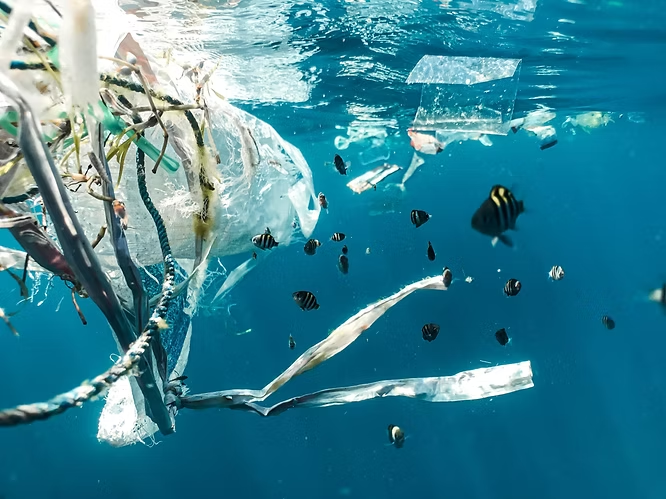Saving Marine Animals from Deadly Plastic Pollution
Plastic pollution has become one of the greatest threats to marine life. Each year, around eight million tonnes of plastic enter the ocean, where it endangers whales, dolphins, turtles, seabirds, and many other species. More than 700 marine animals are known to ingest plastic, leading to starvation, injury, and often death. Even a single piece of plastic can be fatal, making this crisis urgent to address.
Why Plastic is So Dangerous
When animals consume plastic, it can block their digestive system and cause a slow death by starvation. Sharp fragments can puncture the gut wall, leading to infection or internal injuries. In some cases, flexible plastics like sheets and bags create life-threatening blockages, while fishing gear can entangle or fatally injure larger marine animals.
Which Plastics Are Deadliest?
Research Findings
A review of 76 scientific studies covering 1,328 marine animals across 80 species found that certain plastics pose greater risks than others. These items stand out as the most deadly:
- Flexible plastics (bags, sheets, packaging) – major killers of whales and sea turtles
- Fishing debris (nets, lines, tackle) – lethal for seals, sea lions, and other large animals
- Balloons and rubber – especially dangerous for smaller marine fauna
- Hard plastics and latex – responsible for high mortality among seabirds
Impacts on Marine Animals
Whales and turtles that ingest plastic debris often struggle to swim, making them more vulnerable to ship strikes. Seals and sea lions, which consume less plastic, still face high mortality from swallowing fishing gear. Birds are particularly at risk from rubber and balloons, which carry the highest likelihood of causing death per ingestion.
Targeting Solutions That Work
The most effective strategy to save marine animals is to focus on reducing the most lethal items. Tackling large and flexible plastics is crucial, as they not only kill directly but also degrade into smaller fragments that persist in the environment.
Key Approaches
- Plastic bag bans and fees – proven to reduce plastic litter entering the ocean
- Improved disposal and recycling – extending the lifespan of plastics through better design and systems
- Fishing gear standards – reducing the 5.7% of nets and nearly 30% of lines lost annually in fisheries
Looking Ahead
While microplastics and fibers remain a concern, focusing first on large, high-risk plastic items provides the best chance to prevent deaths among whales, turtles, seabirds, and seals. By targeting the most dangerous debris, enforcing smarter policies, and improving waste management, we can make meaningful progress in protecting our oceans and the creatures that depend on them.

